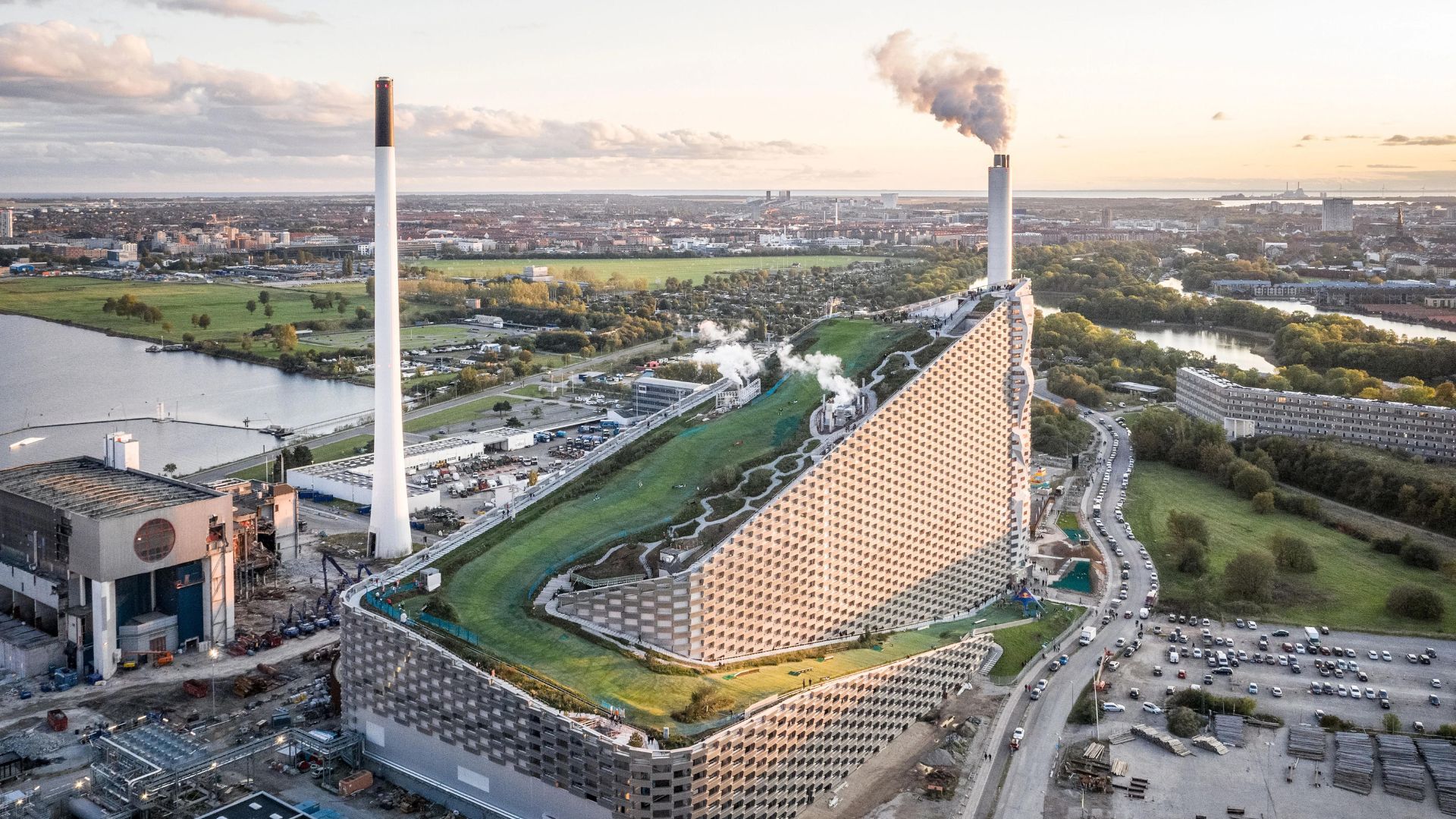Our planet is facing a significant challenge: climate change. Rising sea levels, extreme weather events, and changing weather patterns are impacting various aspects of our lives, and architecture is no exception. Climate change in architecture is a pressing issue that architects and designers must consider when shaping the built environment of tomorrow. This article explores the impact of climate change on architecture and how architects are adapting to create sustainable and resilient buildings.

A Warming World: Challenges Posed by Climate Change on Architecture
To begin with, climate change presents several challenges to the way we design and build structures. Here are some key areas of concern:
Extreme Weather Events
More frequent and intense heat waves, storms, and floods require buildings to be sturdier and more resistant to damage. Climate change in architecture necessitates designing for stronger winds, heavier rainfall, and potential flooding risks.
Rising Sea Levels
Additionally, coastal cities face the threat of rising sea levels, potentially inundating buildings and infrastructure. Architects need to consider strategies like elevated structures or flood-resistant materials.
Energy Efficiency
Buildings are significant contributors to greenhouse gas emissions. Climate change in architecture demands a focus on energy-efficient designs that reduce reliance on fossil fuels and minimize the environmental impact.
Adapting to Change: How Architects are Responding to Climate Change on Architecture
Architects are not sitting idly by. They are developing innovative solutions to address the challenges posed by climate change. Here are some key trends in climate-conscious architecture:
Sustainable Materials
A shift towards using sustainable and recycled materials in construction helps reduce the environmental footprint of buildings. Locally sourced materials can also decrease transportation emissions.
Passive Design
Moreover, climate change in architecture encourages passive design principles that utilize natural resources for heating, cooling, and ventilation. This can involve strategically placed windows, proper insulation, and building orientation to maximize sunlight or shade when needed.
Green Roofs and Living Walls
Adding vegetation to rooftops and walls provides insulation, reduces the urban heat island effect, and improves air quality.
Renewable Energy Integration
Furthermore, incorporating solar panels, wind turbines, or geothermal systems into buildings can significantly reduce reliance on traditional energy sources and create energy-efficient structures.
Resilient Design
Climate change in architecture necessitates designing buildings that can withstand extreme weather events. Additionally, this may involve using stronger materials, elevating structures in flood-prone areas, and creating storm-resistant features.
Building a Sustainable Future: The Benefits of Climate-Conscious Architecture
Investing in climate-conscious architecture offers numerous benefits:
Reduced Environmental Impact
Sustainable building practices decrease greenhouse gas emissions and resource consumption, contributing to a healthier planet.
Energy Savings
Furthermore, energy-efficient buildings lower operational costs and reduce reliance on non-renewable energy sources.
Improved Health and Comfort
Proper ventilation, natural lighting, and comfortable indoor temperatures create healthier and more comfortable living and working environments.
Increased Property Value
Additionally, buildings designed with sustainability and resilience in mind are often seen as more attractive and valuable by potential buyers and tenants.
Furthermore, changing in climate in architecture is not just about environmental responsibility; it’s about creating a future where our built environment is adaptable, resilient, and in harmony with the planet.
Conclusion
In conclusion, climate change in architecture presents a significant challenge, but it also presents an opportunity. By embracing sustainable and resilient design principles, architects can create buildings that not only meet our needs but also contribute to a healthier planet for generations to come. As individuals, we can support these efforts by advocating for sustainable building practices and making informed choices when renting or purchasing a home. Additionally, together, we can build a future where architecture is not just a reflection of our time but a solution for a changing world.


